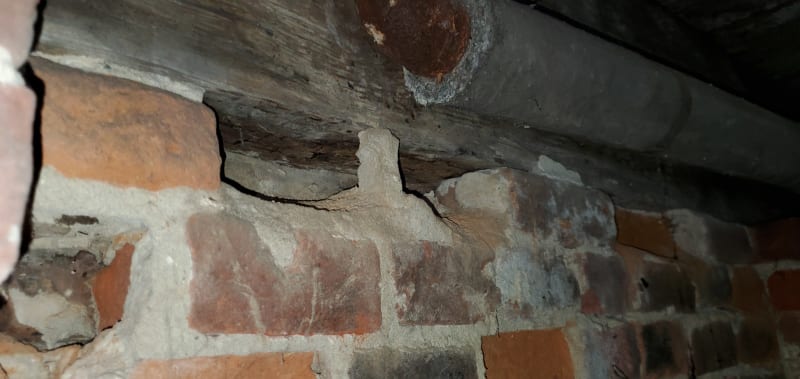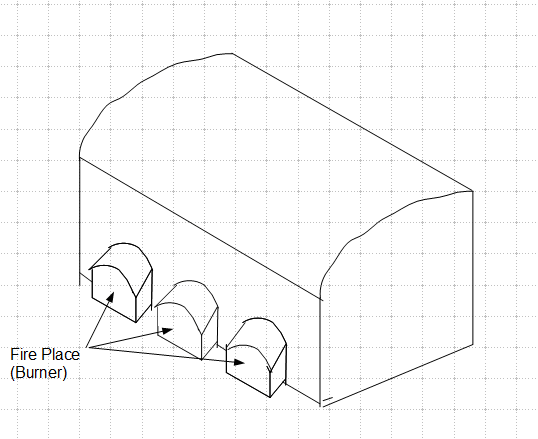phamENG
Structural
- Feb 6, 2015
- 7,659
Question out there for those of you with experience in old bricks, particularly those created on the East Coast of the US around the turn of the 20th century.
I've noticed these all over the place, and even have a few in the veneer of my house (veneer was built from recycled bricks). You get a mix of colors in a wall, and invariably the light orange bricks are incredibly soft a brittle. See the picture below. You can see at least two that are nice light orange and hollowed out. I can only assume the two that are missing with only trace amounts of dust left behind were the same (the dust is a bit orange). Kudos to the head joint for fighting the good fight, though.
Does anybody know what these things are made of? Given the consistent performance of bricks of this color, I have to assume it has to do with the source clay, but I don't know much beyond this. Has anyone else noticed this?
Sorry: this is in Coastal Virginia for those who may be wondering.

I've noticed these all over the place, and even have a few in the veneer of my house (veneer was built from recycled bricks). You get a mix of colors in a wall, and invariably the light orange bricks are incredibly soft a brittle. See the picture below. You can see at least two that are nice light orange and hollowed out. I can only assume the two that are missing with only trace amounts of dust left behind were the same (the dust is a bit orange). Kudos to the head joint for fighting the good fight, though.
Does anybody know what these things are made of? Given the consistent performance of bricks of this color, I have to assume it has to do with the source clay, but I don't know much beyond this. Has anyone else noticed this?
Sorry: this is in Coastal Virginia for those who may be wondering.


